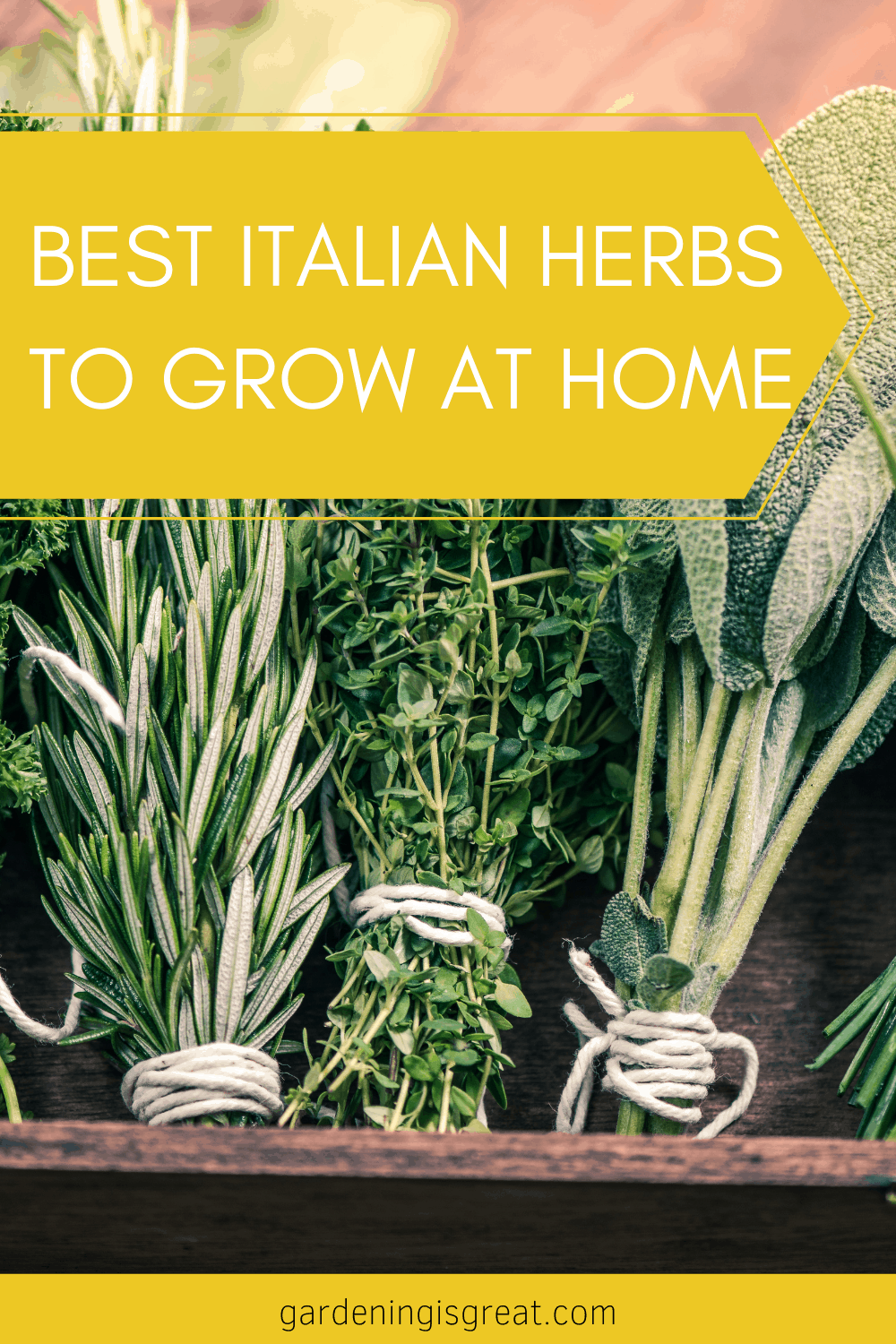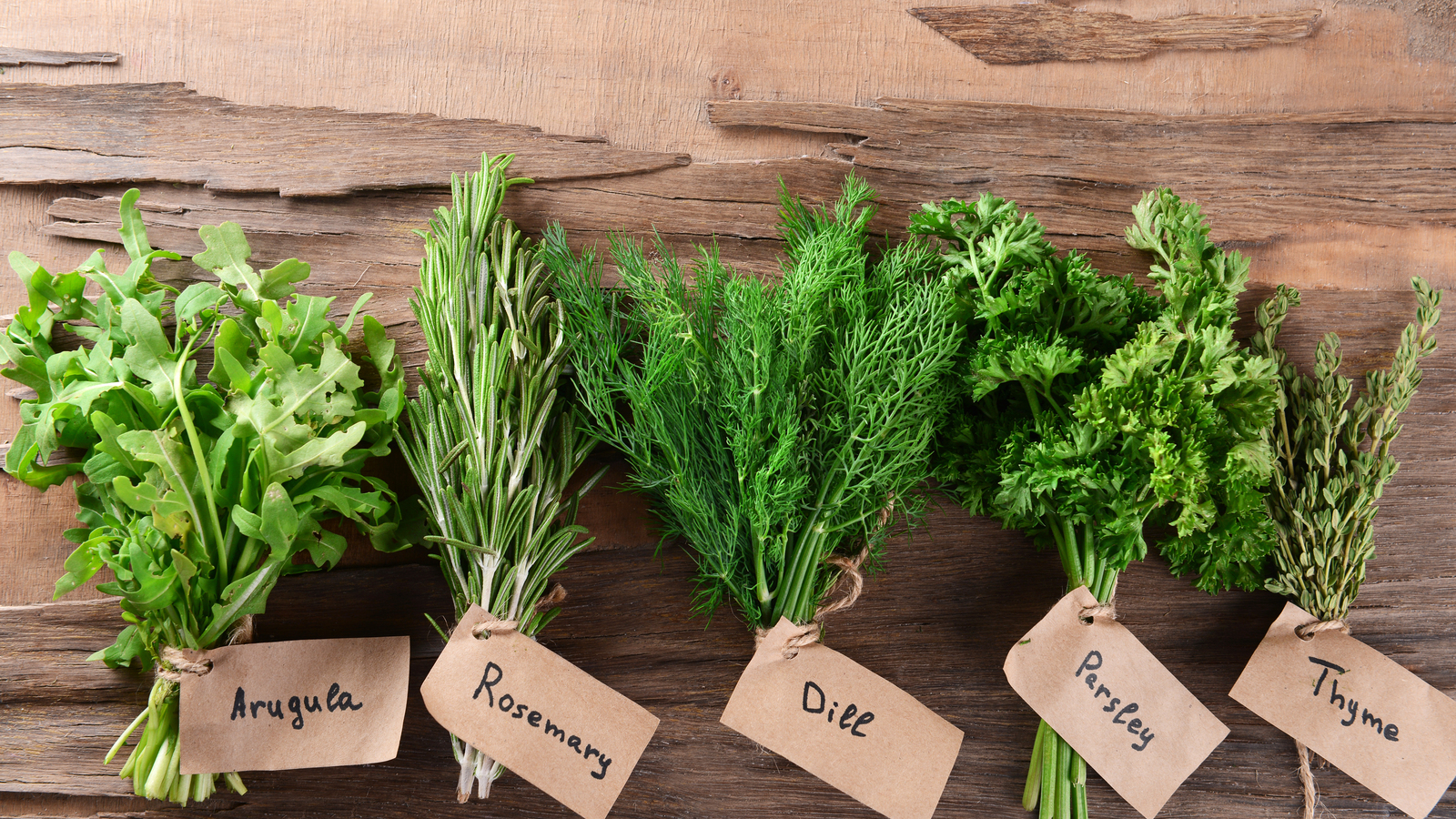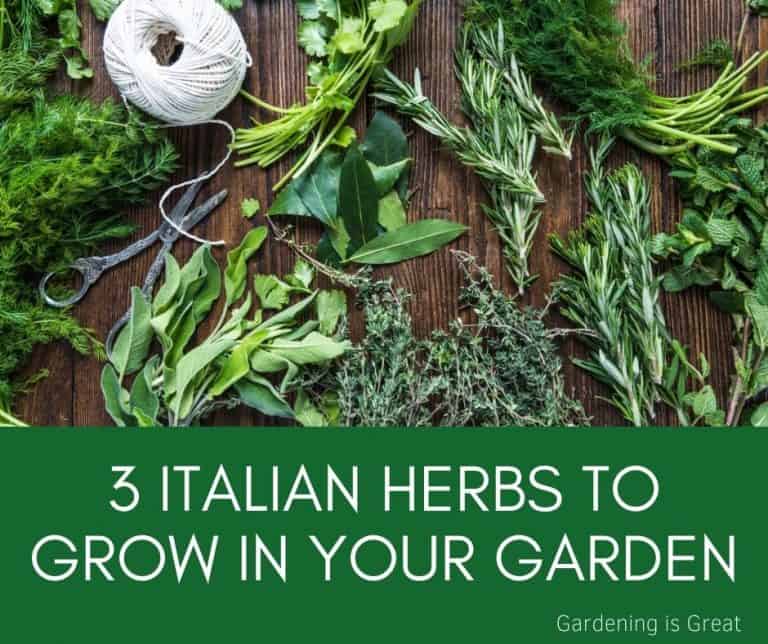Seasonal Care Tips for Maintaining a Thriving Italian Herb Garden Year-Round

Seasonal Italian herb gardening is often romanticized—sunlit basil spilling over clay pots, rosemary perfuming the breeze—but no one talks about the behind-the-scenes adaptations it actually takes to keep these plants healthy year-round. After two decades of trial, error, and the occasional plant funeral, I’ve learned that thriving isn’t about luck or magic. It’s about making a handful of shrewd micro-adjustments every season—often before you see any visible problem.

Let me break down exactly where seasoned gardeners win (and most newcomers stumble) through each part of the year, with real-world numbers, failed attempts, and my personal playbook for intervention.
SPRING: SETTING UP FOR SUCCESS (THE PRE-SEASON “DRAFT”)
Prune If You Want Power Players
Every March (week 2 on my garden calendar), I arm myself with Felco #2 pruners. When people say “prune perennials in spring,” the default action is timid snipping—which results in thin, woody plants by midsummer. Here’s what works instead: cut back oregano and thyme by at least half their height before you see new growth at the base. For me, if that’s around March 15th, results are best. Don’t be squeamish—one year I left rosemary unpruned from fear of harming it; its inner stems died back and never recovered. Lesson learned—the harsher cut has always led to healthier regrowth.
Soil Audit and Rehab
Picture this: overwintered containers look fine on top but are cement below. Each April, I dump out one pot entirely as a test sample—if roots are circling (the “pot death spiral”), I repot with a 60/40 mix of compost and coarse perlite. Bonus points for adding a tablespoon of Espoma Organic Garden-Tone per 6-inch pot—the difference in root vigor is obvious by June.
Watering: Forget Schedules, Go by Weight
Overwatering in spring is epidemic among indoor/outdoor herbs transitioning out of dormancy. Here’s my hack: lift each potted plant gently after watering deeply—get a sense for “fully hydrated” weight. Only water again when you notice a big drop (should feel light but not bone dry). On average? For a 12-inch terra cotta pot in my zone 7b spring climate: every five days until May.
SUMMER: HEATWAVE MANEUVERS AND HARVEST HACKS
Most advice says “full sun.” But try keeping basil robust through August in places like Rome or Sacramento—it’ll bolt before you can blink unless you fine-tune exposure.
Shade Science:
Using a $15 shade cloth (30% opacity), I started draping my basil and parsley post-2pm come late June. The result? Leaf production up 30% over full-sun neighbors according to weekly harvest logs I've kept since 2018—and less yellowing on parsley edges after heatwaves above 90°F.
Harvest Rhythm is Everything:
I used to pick only what I needed for cooking—a rookie mistake if you want continued lush growth. Now, Friday mornings are standing appointments (“Herb Haircut Day”) where every basil stalk gets pinched above the third set of leaves—not just harvested randomly—yielding bushier plants week by week.

Failure flashback: One July when family visited, I skipped regular cuts for three weeks; every basil bolted into flower and growth stunted permanently until September.
Mulch That Actually Cools:
No generic mulch here—I buy bags of pine needle duff from local landscape suppliers ($5/bag) because it mats lightly atop the soil in beds but doesn’t smother seedlings or promote rot during high humidity cycles. Expect evaporation rates to drop almost 40%; you’ll water less frequently during peak summer stress.
AUTUMN: PRE-WINTER STRATEGY
Fall sneaks up fast—I missed this transition more than once early on and lost whole crops overnight to first frosts predicted inaccurately online.
Real Deadline: Move Container Herbs Indoors When Lows Hit 52°F Overnight**
The window between thriving outdoors and frost damage is micro-thin for basil especially. My rule: get all tender herbs indoors when forecast nightly lows hit 52°F rather than waiting for actual frost—all it takes is one cold snap for devastation.
Last Harvest Tactics:
Around mid-October here (zone dependent), any excess flat-leaf parsley gets chopped and frozen in ice cube trays filled with olive oil—a flavor boost that store-bought versions can’t touch all winter long.
Disease Defense Before It Begins:
Crowded autumn gardens can explode with mildew if nights are damp post-rainfall (a pattern that hit hard back in Fall ‘17). Remove lower leaves where condensation pools; if necessary, add a small clip-on USB fan ($10 online) under greenhouse tables or patio shelves to keep airflow brisk—not optional if your autumns are humid like mine.
WINTER: THE SURVIVAL LEAGUE
Remember that myth “herbs can’t make it through winter?” That’s partly lazy thinking—but also based on failed attempts without tweaks learned over time.

Outdoor Insulation Playbook:
If your winters dip below freezing but not below ~14°F (-10°C), tuck hardy herbs beneath four inches of chopped leaves layered with landscape fabric weighed down by stones—a tip someone passed on after their rosemary came out unscathed during Boston's record-low February ’16 cold snap while mine froze solid two feet away without insulation.
In colder zones or exposed containers? Insulate pots together against south-facing walls; wrap clusters in cheap burlap lined with straw so roots stay buffered from dramatic temperature swings—which kill more than actual lows do!
Indoor Lighting Is NOT Optional:
Even south-facing windows usually fall short December-February (measured at just ~3 hours’ useful sunlight/day here). Under $30 gets you an LED strip mounted above kitchen counters; set timers for eight hours/day minimum—yields sturdier sage rather than pale leggy stems prone to collapse by March.
Spider mite combat tip: Every January I mist plants with dilute neem oil weekly—a quick rinse under the tap after—the only way I’ve consistently stopped aphids invading tender new leaf tips once radiators click on indoors.
MISTAKES THAT COST ME DECADES AGO:
- Lost half my oregano patch one sodden May just assuming Mediterranean herbs love rain like tomatoes do.
- Burned out basil repeatedly by trusting weather apps (“no frost tonight!”)—actual temps dropped five degrees lower locally.
- Letting thyme turn brittle because pruning “felt wrong”; robust re-growth only happened after cutting aggressively right as new shoots appear—risky yet proven critical every year since '09.
- Swore expensive fertilizers would boost flavor—in reality? Too much nitrogen watered down aroma noticeably compared to simple monthly compost tea feedings tracked side-by-side since '15.
TACTICAL TROUBLESHOOTING
| Problem | Hidden Trigger | Analyst Fix |
|---|---|---|
| Wilting Despite Moist Soil | Drainage failure/compacted roots | Repot annually; add >25% coarse perlite by volume; drill extra drainage holes |
| Sudden Leaf Yellowing Mid-Summer | Heat/sun stress or root bind | Add shade fabric afternoons; check pot size vs root mass |
| Flower Buds Forming Too Early | Irregular harvesting/high temperatures | Set calendar reminders for weekly trimming + afternoon shading |
| Black Spots After Rainy Spell | Fungal leaf spot favored by tight spacing | Thin stands aggressively pre-fall; increase air flow via small fans outdoors/indoors |
YOUR ACTIONABLE CHECKLIST
After years cross-referencing digital calendars with notes scrawled on muddy seed packets, here’s what works:
- Monthly Photo Logs: Take comparison photos first weekend each month—as revealing for diagnosing trouble as any written log!
- Thermometer/Hygrometer Setup: Cheap units (<$20) inside/outside tell you why basil struggles when neighboring oregano thrives.
- Schedule Non-Negotiables: Reserve first Saturday each quarter for pruning/fertilizing/equipment check—a discipline stolen from pro growers.
- Build Cross-Season Journal Tables: Track weather events vs harvest yields—you’ll spot subtle correlations most books miss.
- Invest Modestly Where It Counts Most: Skip trendy hydro kits—for my money LED strips/grow lights provide biggest quality-of-life leap indoors November–March vs fancy soil blends or self-watering gadgets.
Remember—the goal isn’t perfection every season but building incremental resilience into your little cucina verde so it bounces back from setbacks stronger each time. Herbs reward close attention paid over years—and your pesto will prove it come midsummer dinner parties!
If you're wrestling with specifics—microclimate struggles? Fussy varieties? Ask away—I’ve likely faced them too (and probably made every possible mistake already). Every adjustment is another step toward becoming your own neighborhood herb expert…or at least finally nailing authentic Genovese pesto from your own backyard!



